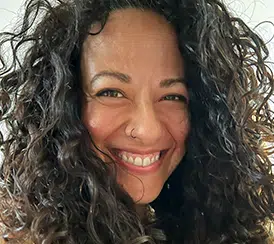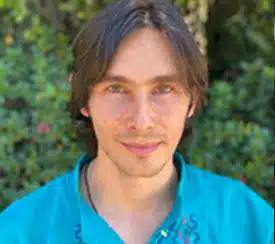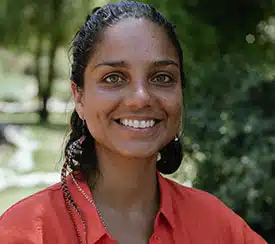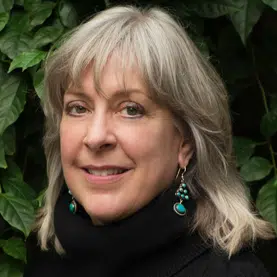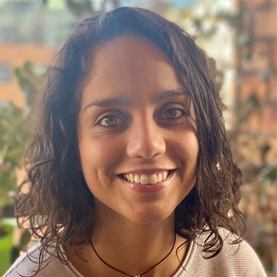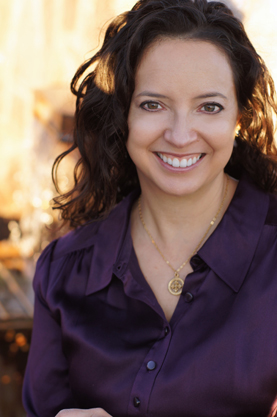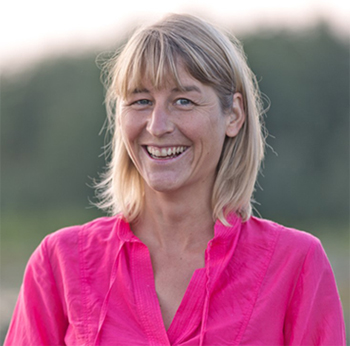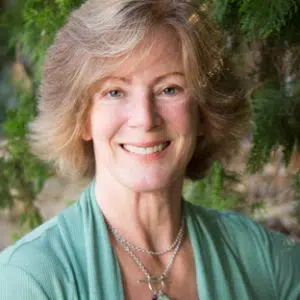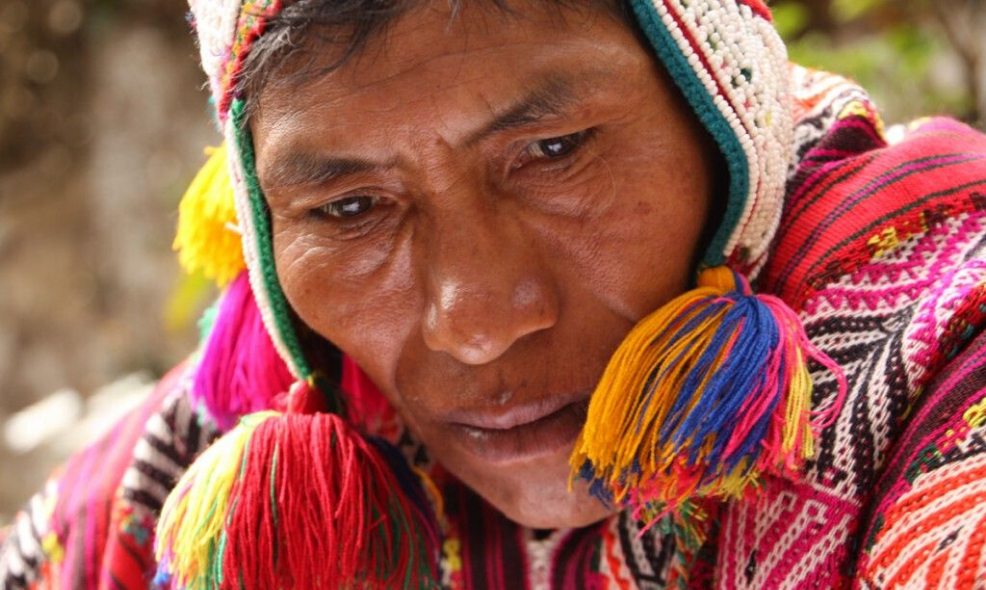
If we believe that the river of time flows in one direction only, the past is a matter of history, of facts and events that we cannot revisit. Then the future becomes simply an extrapolation of the present. We can believe that tomorrow will be a slightly better or improved version of today—this is what we call progress. Yet there is no guarantee that tomorrow things will be any better, much as we would like to believe that will be so. Not too long ago we were convinced that soon we would win the war against cancer and eliminate world hunger.
In the sacred dream, time does not obey the rules that our logical minds subscribe to and that we teach our children in school. If you wish to experience the sacred dream, set aside what you know about the passage of time so you can discover what the ancient civilizations knew about timelessness.
For millennia, the sages of the Andes were careful observers of precessions in the stars, the slow, predictable change in the heavens. They understood cycles and believed that everything has a season: human events, like heavenly ones, would follow cycles of expansion and contraction, of creation and destruction. In the late 1400s, the Inka astronomers noticed that there were signs in the night sky that foretold of a great cataclysm coming to pass on their people. The Laika journeyed to the future along the rivers of time and confirmed what the stargazers observed written in the heavens—and prophesied the imminent collapse of their newly consolidated empire.
The Laika spoke of men who were half animal and half human (horses were not known in the Americas). These soldiers had “sticks that spoke with fire” and hair on their faces. They would bring pestilence and disease to the people. Soon after the divining of the prophecy, 170 Spaniards arrived at what is now Peru and proceeded to conquer the mightiest empire in the Americas. They brought with them germs and viruses, including smallpox, that were unknown to the New World. These would eventually claim the lives of millions of Native Americans.
Over centuries, the Laika continued divining the prophecies in secret, witnessing the spread of Western civilization from their mountaintop sanctuaries. They noticed that the fate of their people was increasingly connected to the fate of the earth. Their concern turned to the deforestation of the Amazon, drying of the high mountain lagoons, and the extinction of species that had been abundant only a few decades earlier.
From their hideaways, they could witness the impact of climate change on the glaciers and on the jungle flora and fauna. Certain frogs were no longer singing at dusk. Condors that had once been abundant were becoming rare. And disfigured llamas were being born, as these peoples lived underneath a tear in the ozone layer above the Andes. An update of the prophecy a few years ago announced the possibility of climate collapse, where finely orchestrated weather systems would become unhinged and create extreme climate events such as the ones that we are witnessing today.
You do not need to be a Laika to understand that the dream of progress is becoming a nightmare and that humanity is behaving like a parasite on the earth. We are committing a kind of matricide, slowly killing our own mother. The sky gazers suggested the tipping point would occur after a great astronomical alignment in December 2012. If we did not make difficult lifestyle choices by that date, they explained, it would be very hard to change the course humanity seemed to be set on. Shortly thereafter, the earth passed through the critical 400 ppm level of carbon dioxide in the atmosphere that marked the beginning of a kind of domino effect of irreversible climate change.
The Laika set about searching the river of time for a more desirable and sustainable future. If they could find that possible future for the earth, they could affirm it with their prayers and install it in our collective destiny. It was proving to be difficult, as the fate of humanity seemed to be cast. I remember an old Amazonian man saying to me, “You know, we are going to miss our white brother.”
He believed that his people would endure the tremendous changes at hand but city dwellers, exiled from nature, would suffocate in their own pollution and waste. The Laika were pessimistic about the fate of humanity but tremendously optimistic for those willing to explore a new way of being on the planet. This means that we must discover our own sacred dream—one that is interwoven with the destiny of Earth and all her inhabitants.
.
